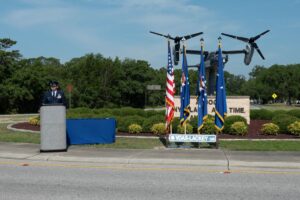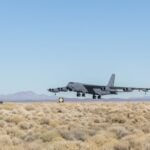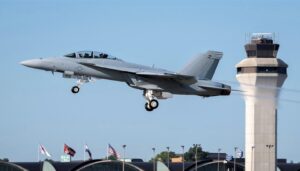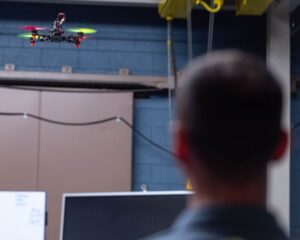
The V-22 will not likely return to unrestricted flight operations until the middle of next year, Vice Adm. Carl Chebi, the head of Naval Air Systems Command (NAVAIR), said on June 12. "Today, we are methodically looking at material and non-material changes that we can make to allow for a full mission set without controls in place," Chebi told the House Committee on Oversight and Accountability's national security, the border, and foreign affairs subcommittee. "I will not certify the V-22…














